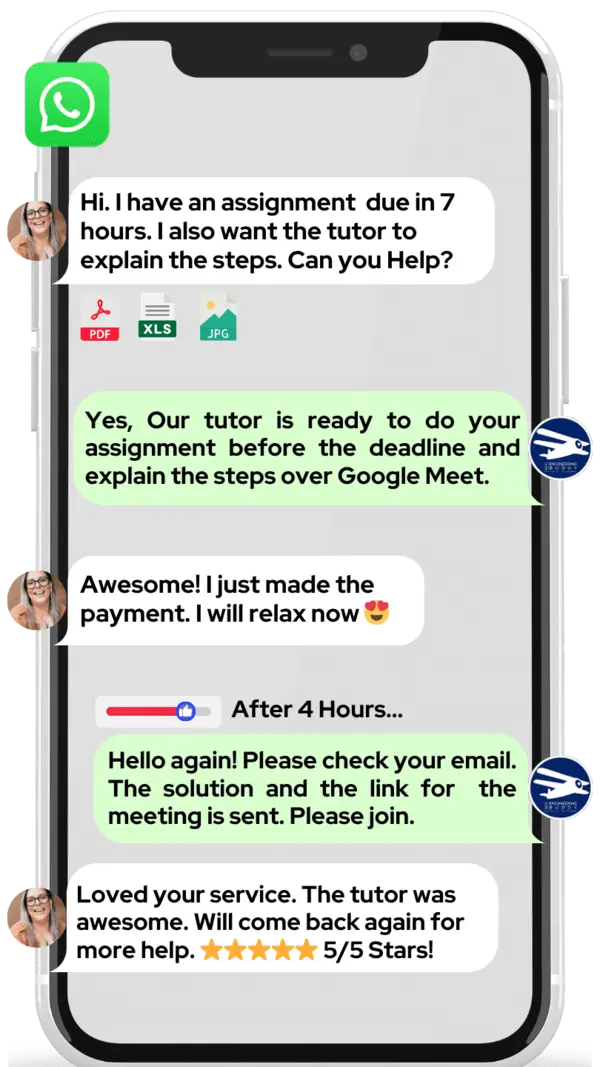

Hire The Best Cadence Virtuoso Tutor
Top Tutors, Top Grades. Without The Stress!
10,000+ Happy Students From Various Universities
Choose MEB. Choose Peace Of Mind!
How Much For Private 1:1 Tutoring & Hw Help?
Private 1:1 Tutors Cost $20 – 35 per hour* on average. HW Help cost depends mostly on the effort**.
Cadence Virtuoso Online Tutoring & Homework Help
What is Cadence Virtuoso?
Cadence Virtuoso is a premier custom chip‑design platform for analog, digital and mixed‑signal integrated circuits (ICs). It combines schematic capture, layout editing and transistor‑level simulation, all within a unified environment. Widely used in VLSI (Very Large Scale Integration) projects, it powers RF front‑end designs in smartphones and high‑speed data converters at companies like Qualcomm and Intel. Its flexibility and deep device modeling make it a go‑to for precision analog work.
Alternative names include Virtuoso, Cadence Custom Design Platform and ADE XL (Analog Design Environment XL).
Major topics cover schematic entry and hierarchical design, where engineers draw circuit blocks and define connectivity. Layout editing follows, enforcing geometric rules to place transistors and interconnects without violations. Extraction then translates the physical layout into an electrical netlist for accuracy checks. Simulation flows—transient, AC small‑signal and Monte Carlo analyses—predict performance under real‑world conditions. PCells (parameterized cells) automate repetitive structures, while SKILL scripting customizes workflows. Advanced features include electromigration checks, thermal modeling and support for 3D interconnect parasitics, ensuring end‑to‑end sign‑off quality.
Early ’90s: Cadence unveils Virtuoso, integrating schematic and layout tools under one roof. 1998: release of the first custom‑wave analog simulator. 2004: major update adds parasitic extraction and rule‑driven design. 2010: enhanced RF‑centric flows and mixed‑signal verification arrive. 2016: integration with cloud‑based design data management. 2019: support for advanced nodes below 7 nm. 2023: AI‑driven layout suggestions debut. Each milestone pushed custom IC design forward, powering everything from automotive radar to next‑gen wireless chips. A minor glitch in one beta test caused a week‑long delay, but it was quickly resolved.
How can MEB help you with Cadence Virtuoso?
If you want to learn Cadence Virtuoso, MEB offers one‑on‑one online Cadence Virtuoso tutoring. If you are a school, college, or university student and want high grades on your assignments, lab reports, tests, projects, essays, or long research papers, try our 24/7 Cadence Virtuoso homework help. We prefer WhatsApp chat. If you don’t use WhatsApp, please email us at meb@myengineeringbuddy.com.
Although we help students everywhere, most come from the USA, Canada, the UK, the Gulf countries, Europe, and Australia.
Students reach out to us because: • The subject is hard to learn • They have too many assignments • The questions are tricky • They have health or personal issues • They work part‑time or miss classes • They find it hard to keep up with the tutor’s pace
If you are a parent and your ward is struggling in this subject, contact us today. We will help your ward ace exams and homework—they will thank you!
MEB also offers support in over 1000 other subjects with expert tutors. Getting help when you need it makes learning easier and leads to a stress‑free academic life.
DISCLAIMER: OUR SERVICES AIM TO PROVIDE PERSONALIZED ACADEMIC GUIDANCE, HELPING STUDENTS UNDERSTAND CONCEPTS AND IMPROVE SKILLS. MATERIALS PROVIDED ARE FOR REFERENCE AND LEARNING PURPOSES ONLY. MISUSING THEM FOR ACADEMIC DISHONESTY OR VIOLATIONS OF INTEGRITY POLICIES IS STRONGLY DISCOURAGED. READ OUR HONOR CODE AND ACADEMIC INTEGRITY POLICY TO CURB DISHONEST BEHAVIOUR.
What is so special about Cadence Virtuoso?
Cadence Virtuoso stands out as a software tool for designing custom analog and mixed-signal integrated circuits. It gives a full environment for schematic entry, layout editing, and simulation under one roof. Its deep support for process design kits makes it very precise. This specialized focus on transistor‑level design is rarely found in general CAD tools. Its tight link between schematic and layout helps avoid mistakes.
Compared to other software subjects, Virtuoso has both strong benefits and some drawbacks. It is an industry standard, offering high accuracy in analog simulations and advanced layout checks. However, its steep learning curve and high cost can be tough for new students. Its user interface may feel complex, but mastering it opens doors to top chip design roles.
What are the career opportunities in Cadence Virtuoso?
After mastering Cadence Virtuoso, students can move into advanced study of VLSI and analog circuit design. Many pursue a master’s or PhD with a focus on microelectronics for aerospace applications. Recent trends also include courses in mixed‑signal design and low‑power chip design for satellites and UAVs.
Popular job roles include analog IC designer, layout engineer, and mixed‑signal verification engineer. In aerospace, these experts design sensor interfaces, control chips, and power management circuits. The day‑to‑day work involves schematic entry, layout creation, circuit simulation, and timing checks.
We study Cadence Virtuoso to learn a key industry tool for chip design. Test preparation helps ensure you can build accurate circuits and meet strict performance targets. For students, it also builds skills needed in interviews and technical exams.
Cadence Virtuoso is used to simulate, layout, and verify analog and mixed‑signal circuits. In aerospace, it helps design RF front ends, sensor electronics, and power controllers. Its advantages include fast design iterations, built‑in extraction tools, and support for advanced manufacturing processes.
How to learn Cadence Virtuoso?
First, start by installing Cadence Virtuoso through your school or a free trial. Open the built‑in “Getting Started” tutorials, then work through basic schematic capture, layout editing, and simulation steps. Set small goals—draw a simple MOSFET schematic, run a transient analysis, then move to more complex circuits. Use sample exercises to practice each feature. Keep notes on commands and menus so you can refer back. Consistent daily practice and small projects will build your skills.
Cadence Virtuoso can feel challenging at first because it has many tools and specialized terms. However, its learning curve smooths out once you understand core principles like schematic entry, layout rules, and Analog Design Environment. With steady practice and good resources, most students find it manageable and even fun.
You can definitely begin learning Cadence Virtuoso on your own using online guides and videos. Self‑study works if you’re disciplined, but a tutor can speed up your progress by answering questions, showing best practices, and giving you focused feedback. If you get stuck on advanced layout techniques or SPICE settings, a tutor’s guidance can save hours of trial and error.
Our MEB tutoring team offers one‑on‑one 24/7 online support tailored to your schedule. We’ll pair you with an aerospace engineering or VLSI design expert who knows Cadence Virtuoso inside out. Whether you need live coaching on a project, assignment help, or exam prep, our tutors provide clear explanations, practical tips, and real‑world examples—all at an affordable fee.
Most students grasp the basics of Cadence Virtuoso in 2–4 weeks with 1–2 hours of practice per day. To reach an intermediate level—comfortably designing and simulating multi‑stage amplifiers or filters—plan on 1–2 months of regular work. Mastery, especially of advanced layout and verification flows, can take three to six months, depending on how deep you go and your background in circuit design.
Here are some top resources: • YouTube: “Cadence Tutorials” by Cadence Design Systems and “VLSI Academy.” • Websites: docs.cadence.com for official guides, edX’s VLSI courses, and NPTEL lectures. • Books: “Design with Cadence Virtuoso” by Sham and Banerjee, “CMOS VLSI Design” by Weste & Harris, and “Analog IC Design” by Razavi. These cover schematic entry, layout rules, and simulation best practices.
College students, parents, tutors from USA, Canada, UK, Gulf etc are our audience—if you need a helping hand, be it online 1:1 24/7 tutoring or assignments, our tutors at MEB can help at an affordable fee.











































